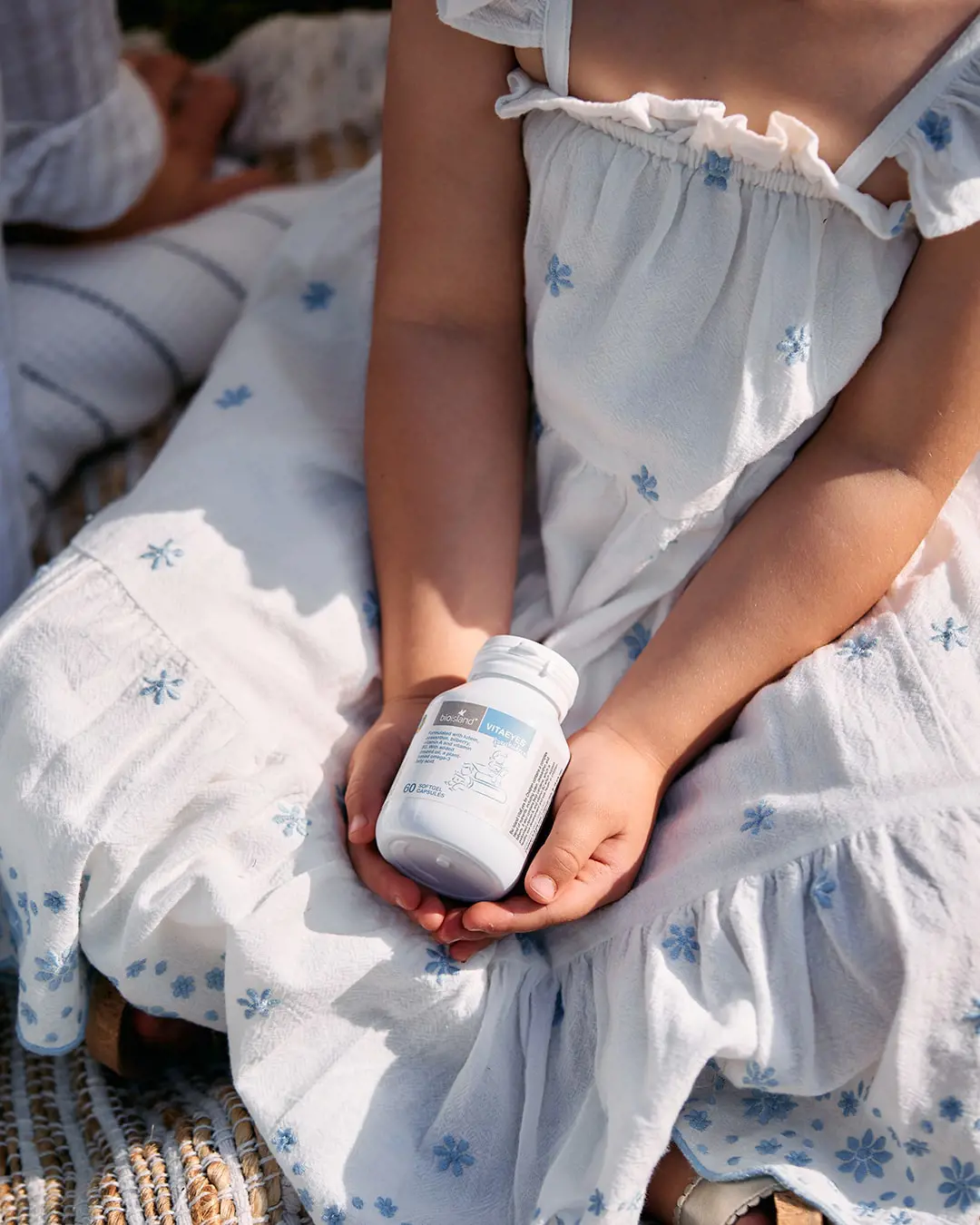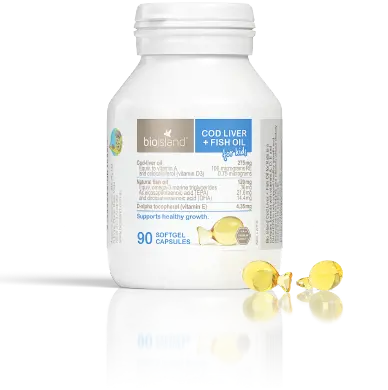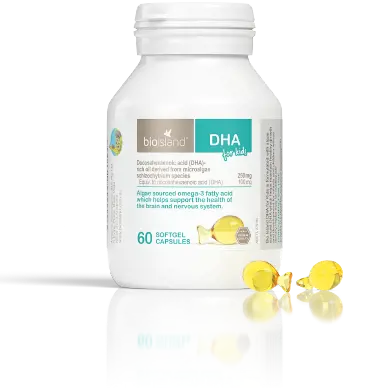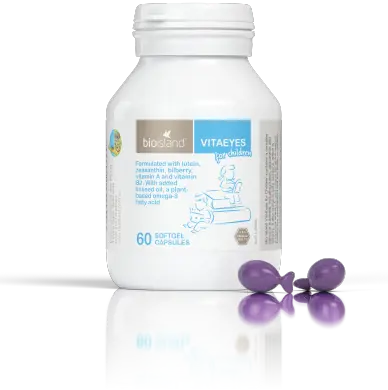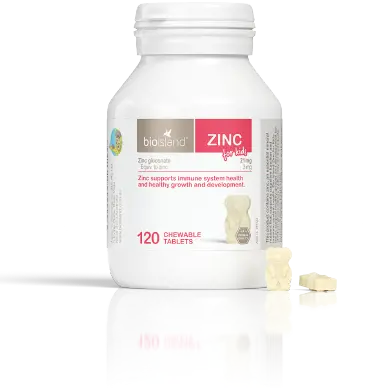
What is zeaxanthin?
Zeaxanthin may not be a household name, but its role in maintaining our health and wellbeing, particularly in relation to eye and skin health, is worth exploring.
Nutrition
What is zeaxanthin?
Zeaxanthin may not be a household name, but its role in maintaining our health and wellbeing, particularly in relation to eye and skin health, is worth exploring. Join us as we look at the roles of zeaxanthin in our body and show you ways you can include food sources into your diet. Whether you're an avid health enthusiast or simply curious about the nutrients that support your body, this blog will provide you with a clear and concise understanding of what zeaxanthin is and why it matters for your overall health.
Decoding Zeaxanthin: A Closer Look
First things first, what exactly is zeaxanthin? This tongue-twisting word refers to a potent antioxidant that falls under the umbrella of carotenoids – the natural pigments that give fruits and vegetables their vibrant colours. While often found in high concentrations in leafy greens like spinach and kale, as well as citrus fruits like oranges and tangerines, zeaxanthin is more than just a splash of colour; it's a multifaceted nutrient that can help us in many ways.
Zeaxanthin's Role in Vision Health
Zeaxanthin is found in high concentrations in the retina, particularly the macula. Acting like a natural pair of sunglasses, this antioxidant primary function is to absorb high-energy blue light and protect the delicate cells of the eye from oxidative damage. This, in turn, helps reduce the risk of age-related macular degeneration (AMD) and cataracts, two common eye conditions that can lead to vision loss later in life.
Skin & Zeaxanthin
Zeaxanthin is found in significant amounts in human skin and with its potent antioxidant properties it may help support your skin health. Like the eyes Zeaxanthin absorbs harmful blue light waves and prevents oxidative stress caused by free radicals contribute to safeguarding your skin from the assaults of free radicals and environmental stressors. One of the common impacts of ultraviolent (UV) radiation is skin aging, which can show up as:
- Dryness or roughness
- Appearance of aging
- Wrinkle
- Loss of elasticity
- Discolouration
Studies indicate that UV protection from zeaxanthin may support and assist the symptoms of skin aging. It's important to note, however, that zeaxanthin alone is not a substitute for sunscreen or comprehensive sun safety measures, but rather a dietary component that can complement your overall skin health routine.
Incorporating Zeaxanthin into Your Diet
Now that you know how zeaxanthin works in the body you may be eager to introduce zeaxanthin into your dietary routine, let's explore some practical ways to do so:
- Leafy Greens: Leafy greens like spinach and kale are good sources of zeaxanthin. Whip up tantalizing salads, blend them into nutrient-packed smoothies, or sauté them for a delectable side dish.
- Capsicum: Vibrant capsicums, also known as bell peppers, are not only a feast for the eyes but a zeaxanthin source as well. Incorporate them into your stir-fries, salads, or as crunchy snacks.
- Citrus Zest: When life gives you oranges and tangerines, enjoy their delightful taste and a source of zeaxanthin. Peel away stress by indulging in these juicy fruits as a refreshing snack or a zesty addition to your meals.
This information does not take into account your personal situation and is general in nature. You should consider whether the information is appropriate for your needs and seek professional medical advice.
Always consult your healthcare professional before taking any supplements or if any concerns arise.
